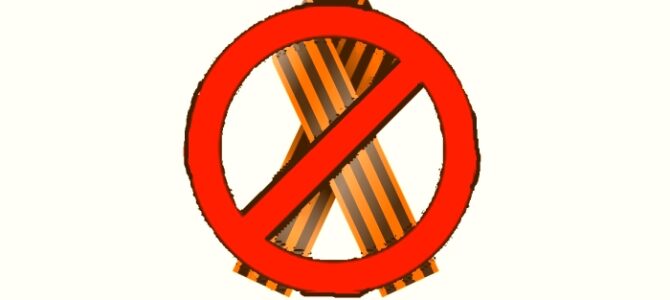In late April the Lithuanian parliament adopted and the Lithuanian president signed into law legislation banning the public display of the ribbon of St. George, usually worn on Victory Day in Lithuania to mark the liberation of the country by the Red Army from Nazi Germany in 1944.
According to Lithuanian parliamentarians it symbolizes Russian aggression in the Ukraine and is now banned along with hammers, sickles and swastikas.
The draft legislation had included bans on the public display of the letter Z, but this was apparently removed from the final draft with the parliament’s Cultural Committee pointing out Z is a common company logo and that Russian troops in the Ukraine are also using the letters V, O, X and A. The Cultural Committee also said use of letters by Russian troops appeared to be arbitrary and subject to change as the campaign continues.
The ethnic Lithuanian majority in Lithuania claim Victory Day marks the beginning of long-term Soviet subjugation of the Baltic states. For Jews in Lithuanian ghettos and concentration camps, liberation by the Red Army, including Jewish partisan forces, meant they had survived the Holocaust.
The new law would punish the public display of the St. George ribbon, usually worn pinned to the chest, with a fine from between 600 and 1000 euros, and confiscation of the ribbon.
Lithuanian law here.
Earlier proposed legislation here.
Lithuanian press report on the adoption of the law here.
Update: Lithuanian, Belarussian and Russian media are reporting Z and V demonstrations CAN BE fined under the new legislation as symbols of support for “aggression” in the vague wording of the law. A Russian media report said the ribbon of St. George was also banned in Moldova.


